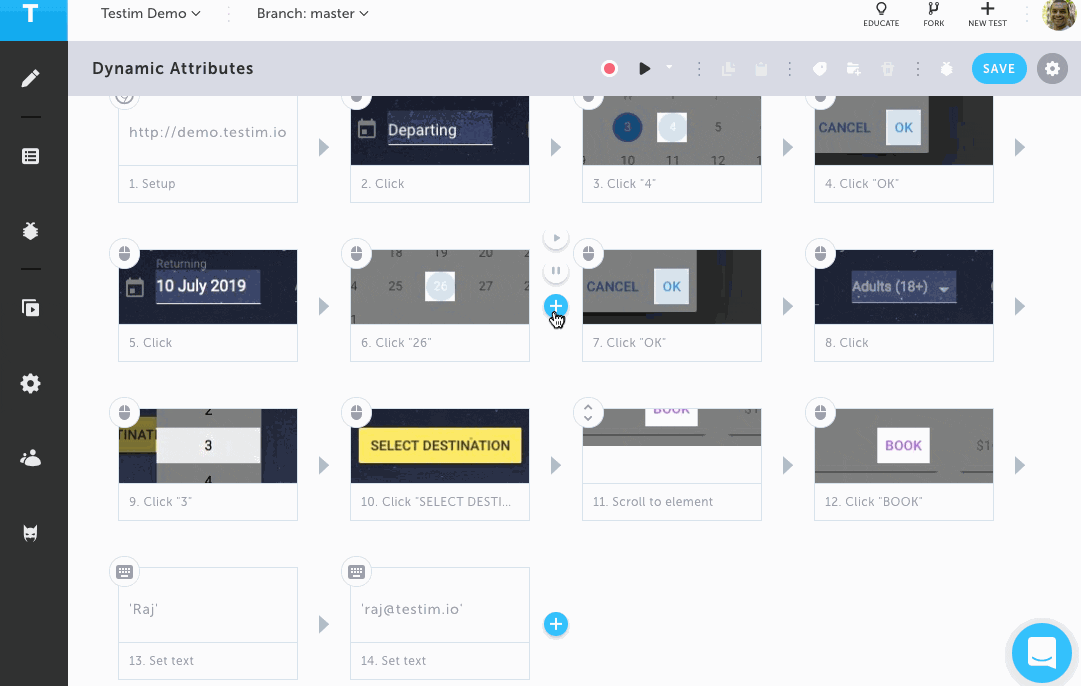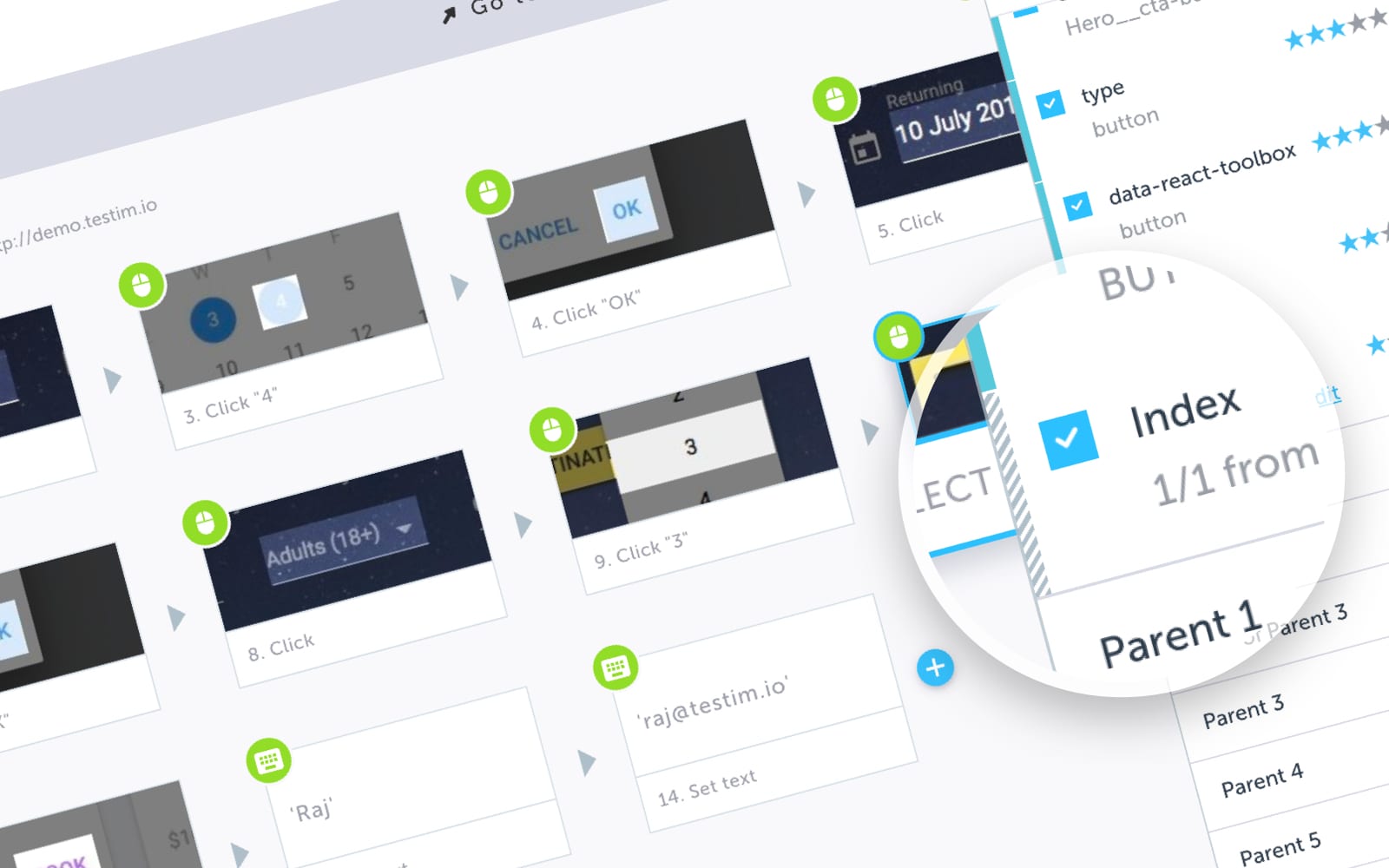When working with modern web applications, it’s common to encounter elements and attributes that change dynamically. These dynamic changes can pose challenges for test automation, especially when values are updated frequently or unpredictably. For instance, consider a currency conversion application. Today, 1 US Dollar might equal 0.89 Euros, but tomorrow it could be 0.90 Euros. These fluctuations are expected and reflect real-time data updates. In such cases, traditional static validations in automated tests may fail, which is why Testim offers flexible solutions to handle these scenarios effectively.
Tip 1: Validating Dynamically Changing Elements
Testim provides a powerful feature called export parameters to help validate elements that change dynamically. Let’s say you’re testing a flight booking application where the price of a trip varies daily based on demand, availability, or promotions. Instead of hardcoding the price into your test, you can use an export parameter to capture the current value of the price element at runtime. This value is stored in a variable and can be reused across multiple steps in your test. You can then validate that the price remains consistent across different pages or use it in conditional logic to verify expected behaviors.
This approach not only makes your tests more robust but also reduces maintenance overhead, as you no longer need to update test values manually every time the data changes.
Tip 2: Generating Random Values During Runtime
Another common requirement in test automation is the need to generate random values—such as usernames, email addresses, or IDs—during test execution. Testim simplifies this with the generate random value step. This feature allows you to create random strings that include text, numbers, and even specific prefixes. The generated value is stored in a variable (default name: randomValue) and can be referenced in subsequent steps. This is especially useful for testing form submissions, user registrations, or any scenario where unique data is required for each test run.
By leveraging these features, you can build smarter, more adaptive tests that handle real-world variability with ease. Let us know if you’d like help implementing these strategies in your own test suite!





